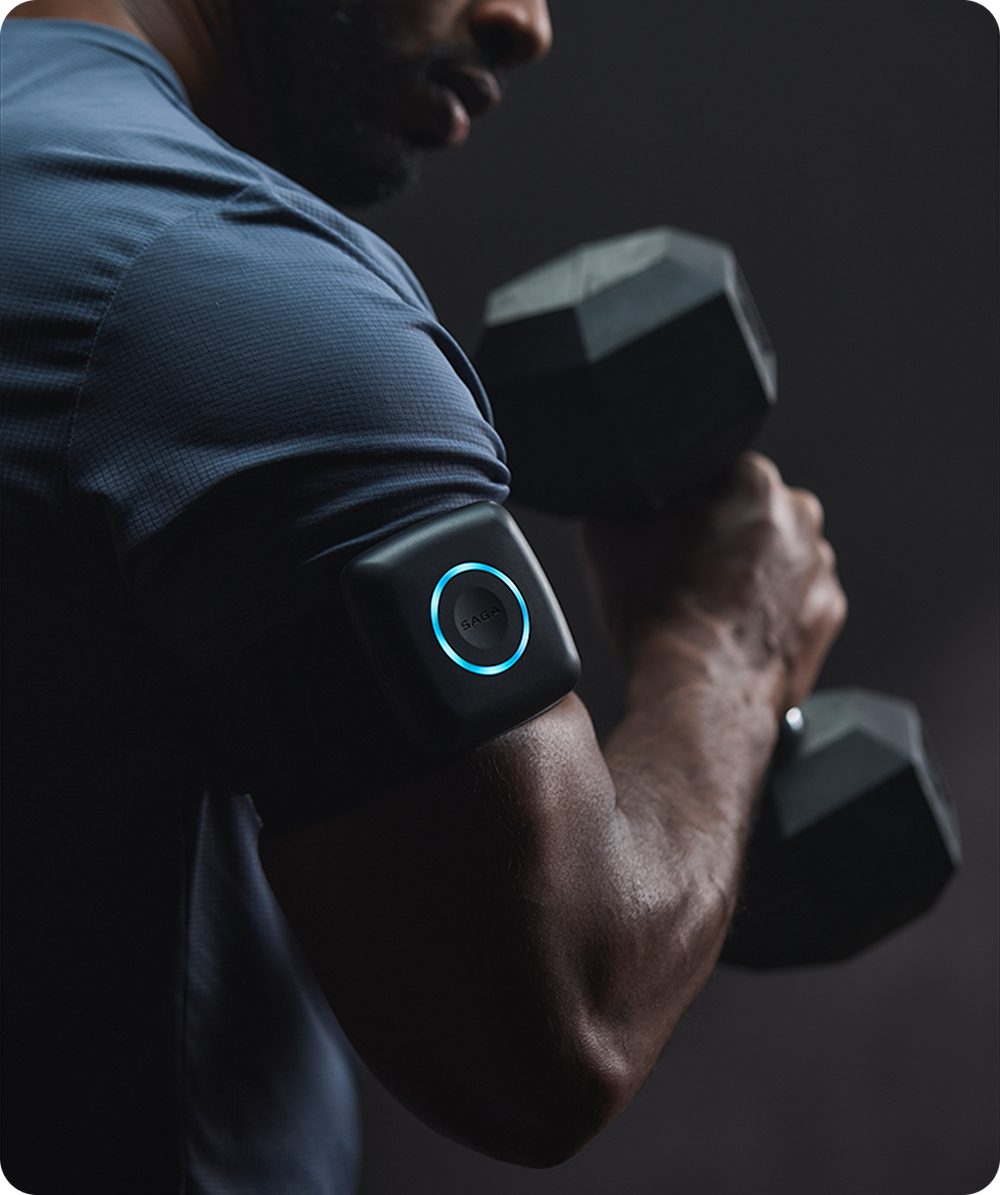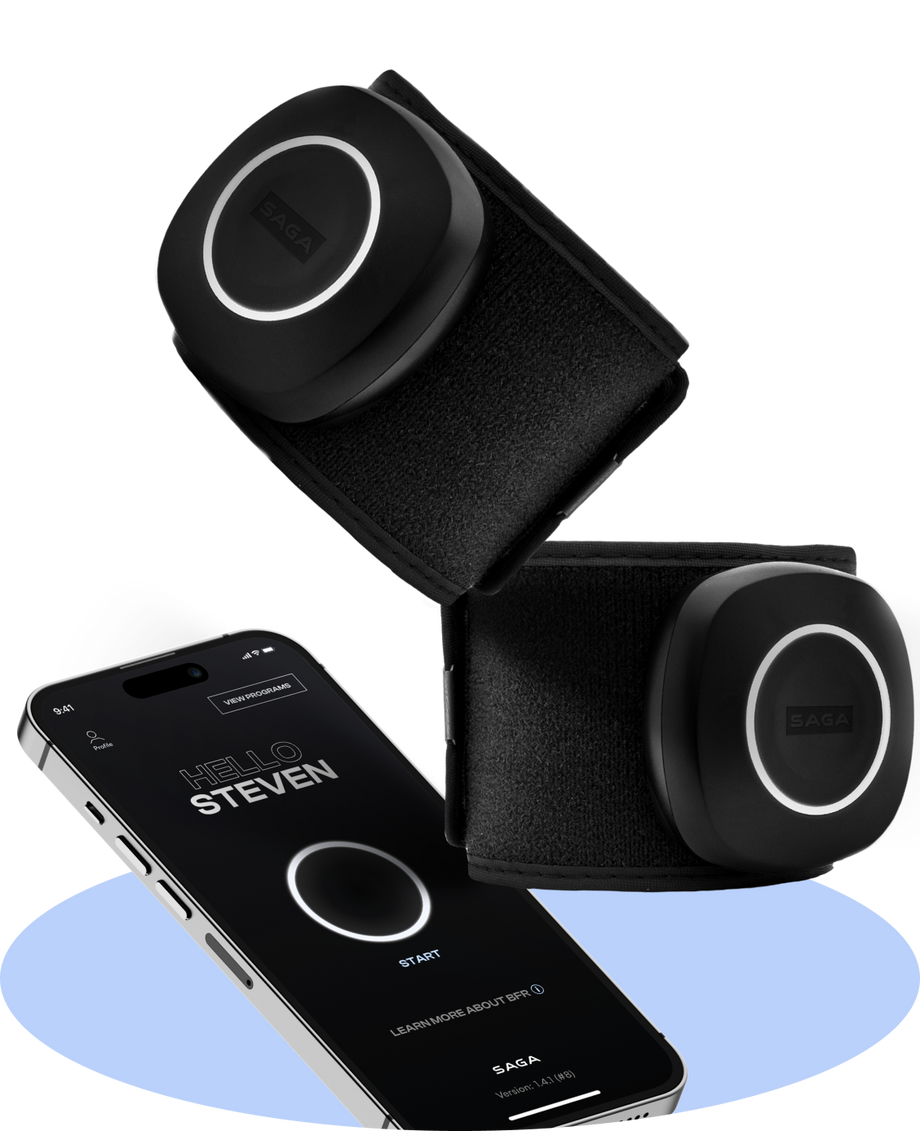
The BFR Cuffs 2.0
The world's first wireless, auto-calibrating blood flow restriction cuffs, The BFR Cuffs leverage the benefits of blood flow restriction to reduce the time and intensity required to build muscle and increase strength. Cuffs are sold in pairs.
size chart
HOW TO MEASURE
Arms
Wrap a tape measure around the topmost part of your arm, just above your bicep.
Legs
Wrap a tape measure around the highest part of upper leg while standing.
Get Stronger, Faster, with Less Weight
The world's first wireless, auto-calibrating blood flow restriction cuffs, leverage the benefits of blood flow restriction to reduce the time and intensity required to build muscle and increase strength.
Get Stronger, Faster, with Less Weight

Innovative Human Performance Technology


Blood Flow Restriction training uses calibrated pressure to reduce blood flow to your muscles during exercise, triggering an amplified response from your body. The result? Increased muscle activation, faster strength gains, and improved performance without the need for heavy weights.
Blood flow restriction training has been studied in many populations - from youth athletes to elderly individuals with congestive heart failure and other health conditions.











